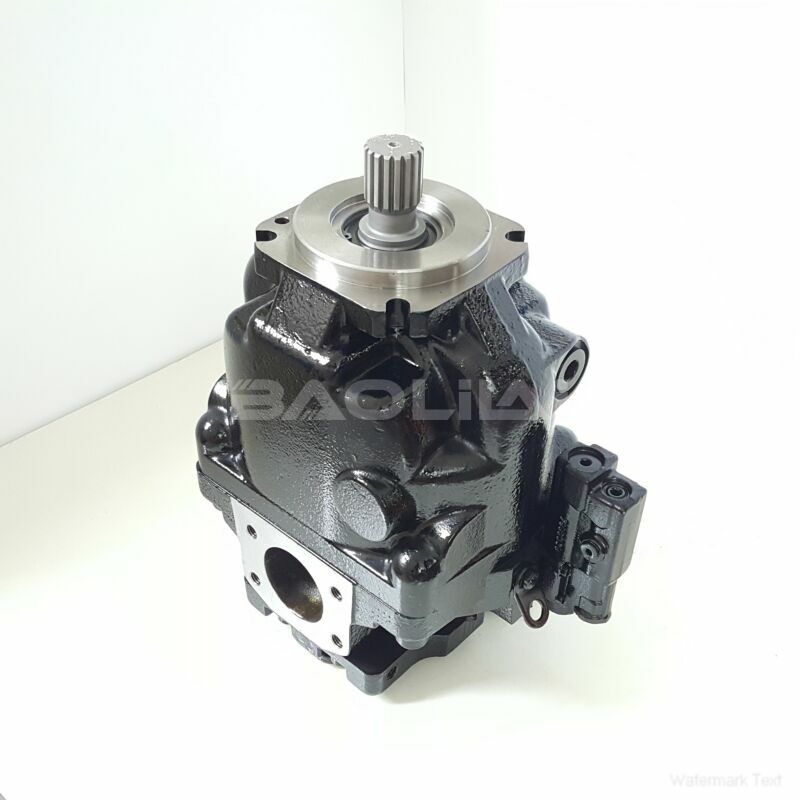ERL147CLS2125NNN3S2NPA1NNNNNNNNNN sauer danfoss pump
ERL147CLS2125NNN3S2NPA1NNNNNNNNNN sauer danfoss pump

- Product Details
- Applicable Scene
Upgrading the pump type can also be an effective solution. Positive displacement pumps are often more suitable for high-viscosity fluids due to their ability to maintain a consistent flow even under varying pressure conditions. These pumps can handle higher viscosity levels better than centrifugal pumps, which are more likely to experience cavitation issues in such applications.
ER-L-147C-LS-21-25-NN-N-3-S2NP-A1N-NNN-NNN-NNN
ERL147CLS2125NNN3S2NPA1NNNNNNNNNN
Using temperature control strategies can also help mitigate cavitation risks. High-viscosity fluids tend to have increased viscosity with temperature drops, making them more susceptible to cavitation. Implementing heat exchangers or insulation can help maintain optimal fluid temperatures, ensuring that viscosity remains within manageable limits. Employing pre-heaters for the fluid before it enters the pump can also significantly reduce viscosity and enhance flow characteristics.

7000583
Finally, the use of additives to reduce viscosity can be considered. Certain additives can make a high-viscosity fluid behave more like a low-viscosity one, thus improving flow rates and reducing the likelihood of cavitation. However, it’s essential to choose suitable additives that do not compromise the fluid’s overall performance or compatibility with the system’s materials.
In conclusion, addressing hydraulic pump cavitation issues in high-viscosity fluid circuits requires a comprehensive approach that includes proper pump selection, system design optimization, maintaining adequate NPSH, considering alternative pump types, managing fluid temperature, and potentially using viscosity-reducing additives. By implementing these strategies, you can significantly improve the reliability and efficiency of hydraulic systems operating with high-viscosity fluids, ultimately reducing maintenance costs and extending equipment life.





